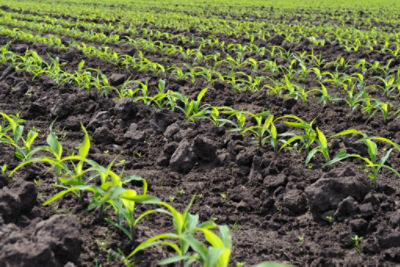2/12/2025
Corn Seeding Rate Considerations

Crop Insights
Written by Mark Jeschke, Ph.D., Pioneer Agronomy Manager
Key Points
- Improvement of corn hybrid genetics for superior stress tolerance has allowed hybrids to be planted at higher plant populations and produce greater yields.
- An analysis of Pioneer plant population data collected over a 30-year period showed that optimum plant populations increased from an average of 30,500 plants/acre in the late 1980s to 37,900 plants/acre in the mid-2010s.
- In general, corn response to plant population follows a quadratic response model in which yield increases with greater plant population up to an optimum point, beyond which yield declines.
- Optimum plant population can vary depending on field productivity level and can differ among hybrids.
- Corteva scientists evaluate the plant population response of Pioneer® brand corn products at numerous locations in the U.S. and Canada each year.
- The Pioneer Planting Rate Estimator, available on www.pioneer.com, allows users to generate estimated optimum seeding rates for Pioneer brand corn products based on data from Corteva research studies.

Find the Right Product for Every Acre
The best genetics, top trait packages and extensive local field knowledge combine to deliver new products with proven performance consistency across years and environments. Use Pioneer® brand corn products to maximize yield potential on every acre.
Find Local Products
The foregoing is provided for informational use only. Contact your Pioneer sales professional for information and suggestions specific to your operation. Product performance is variable and subject to any number of environmental, disease, and pest pressures. Individual results may vary. Pioneer® brand products are provided subject to the terms and conditions of purchase which are part of the labeling and purchase documents.












